Taking apart Seiko's legendary 6139 chronograph movement
Taking apart Seiko's legendary 6139 chronograph movement
As followers of our page all know, we love Japanese watchmakers, and especially Seiko. We often talk about vintage Seiko dress watches in our column and social media, which makes us wanted to redirect our spotlight this week to the vintage chronograph that Seiko manufactured.
We want to highlight their vintage chronograph because vintage chronographs are a hot commodity right now and it’s not looking like that market will be slowing any time soon. With prices soaring for well-known Swiss brands, some consumers and collectors are looking further afield to satisfy their desires. As a result, the vintage Seiko market has been growing steadily over the years as collectors realize the enormous value from particular models. The most popular of these would have to be the original 6139 series of chronographs.
Produced in 1969, the 6139 was born in a special year for wristwatch development, 3 manufacturers have announced their technical breakthrough in automatic chronograph movement. Seiko being one of them producing the 6139 movement with a single-register chronograph, displaying elapsed seconds and minutes and was known to have manufactured from 1969 to 1979. Today we are taking apart one of the 6139 examples known as the ‘Pogue’ and show you the complexity of this automatic movement.

Once the movement is free from its housing, we can start by taking the date and day wheel apart. This example is fitted with a beautify Kenji day wheel with black and white contrasting colour.

Flipping the movement over, you will start to realize the case shape of 6139 chronographs, because of the uplifted rotor mechanism in the center showing 21 jewels.


With the automatic winding module removed, you can see a special blue wheel dedicated for the chronograph function. It is called a column wheel, the the wheel used to engage and disengage the chronograph, and generally only found on higher-end chronograph movements. This is because of technical difficulties when manufacturing the wheel component, most entry-level chronograph uses a cam wheel to control the function.

More Chronograph knowledge can be found in this video:
https://www.youtube.com/watch?v=uwJ9TbkNigs
With the gear train bridge removed, we are left with the train wheels and central chronograph runner sitting in the movement. The next step is to clean the oil and reassemble the movement again!

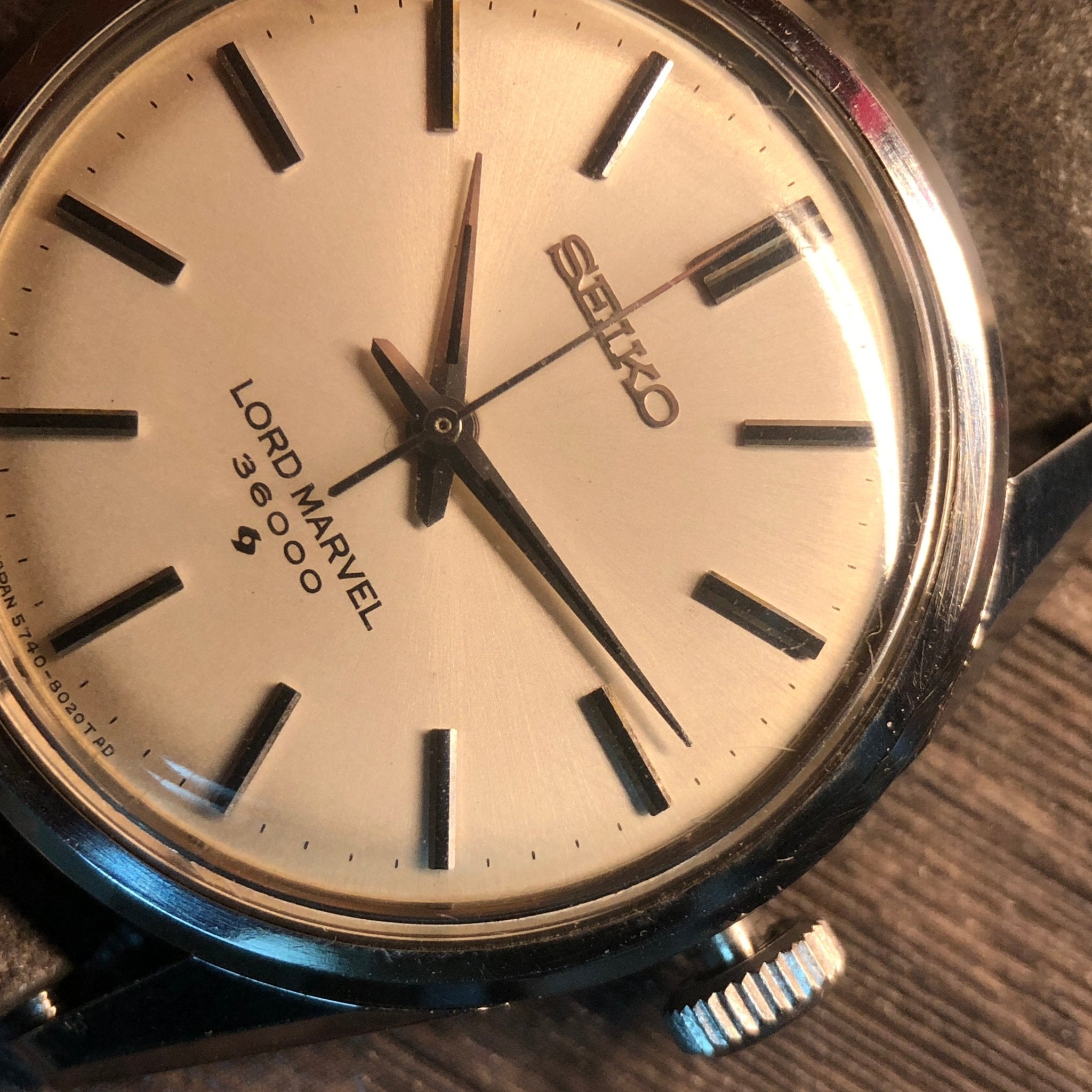
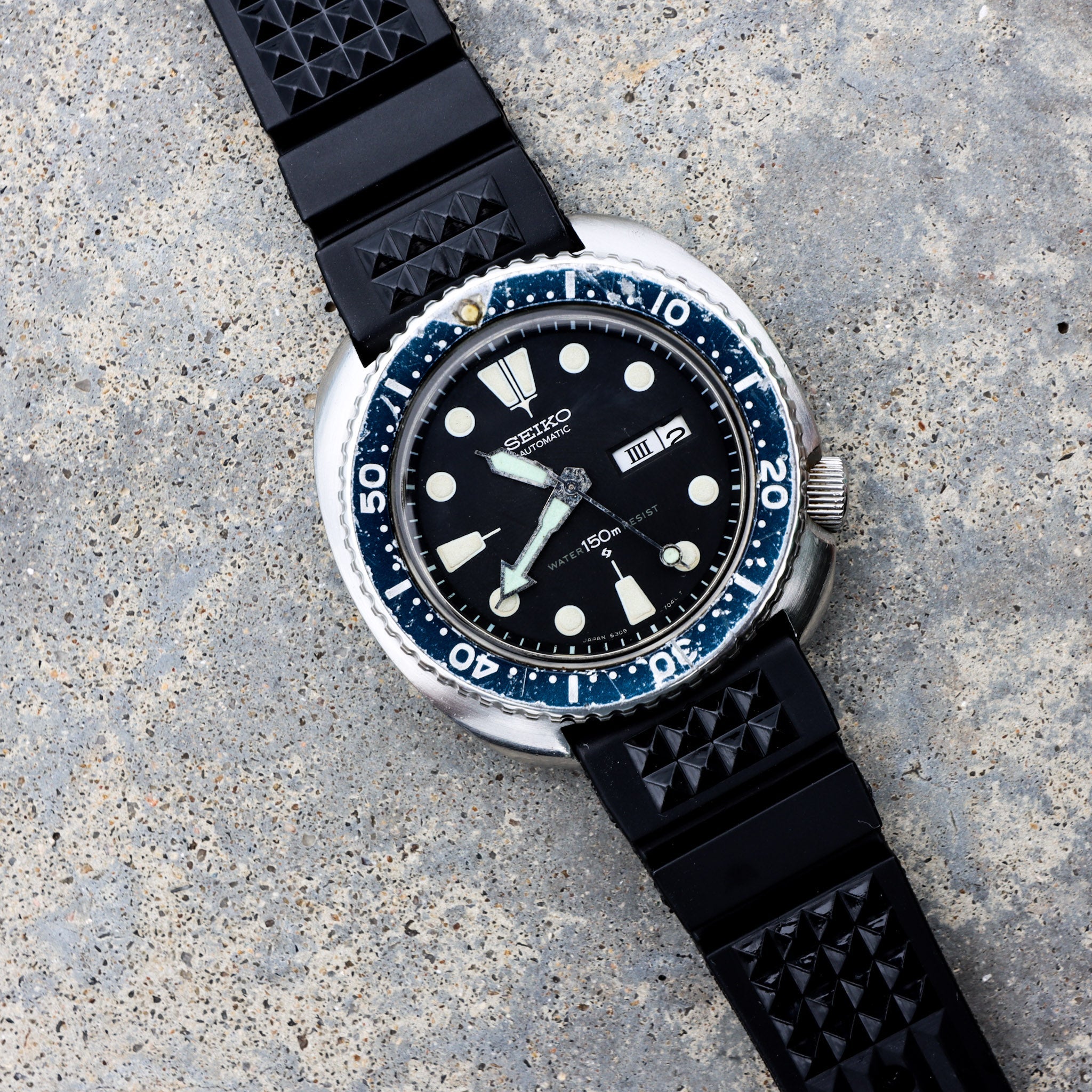
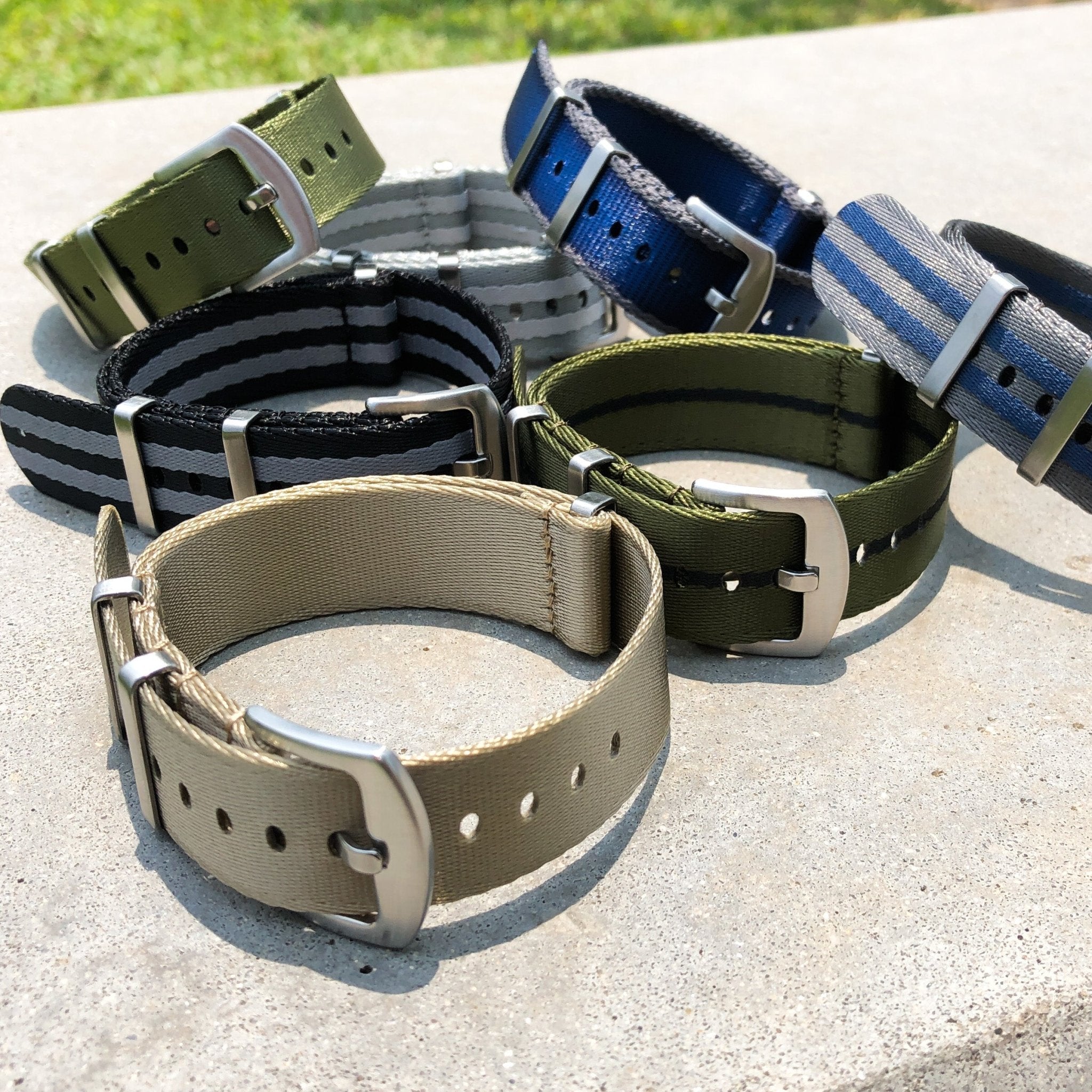
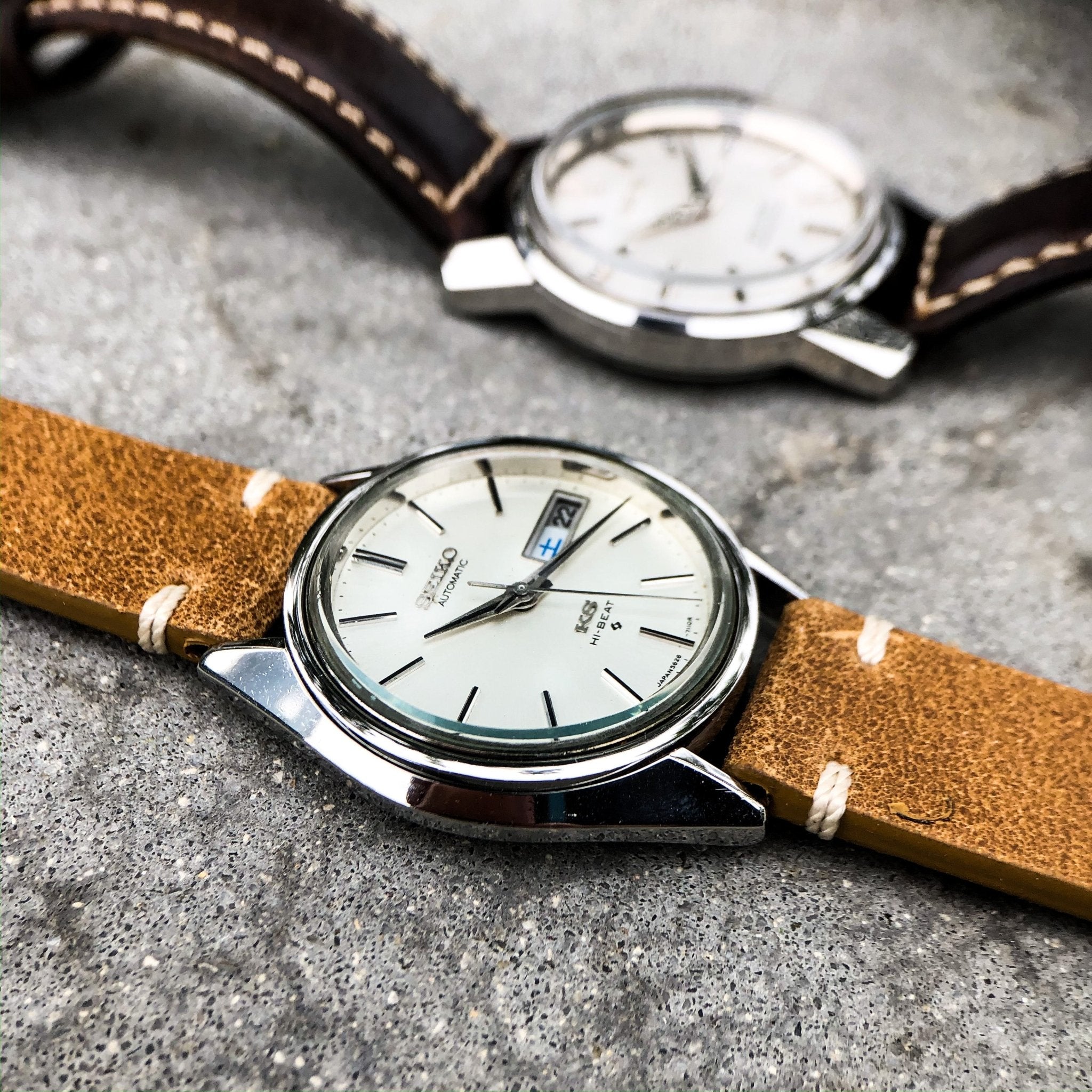
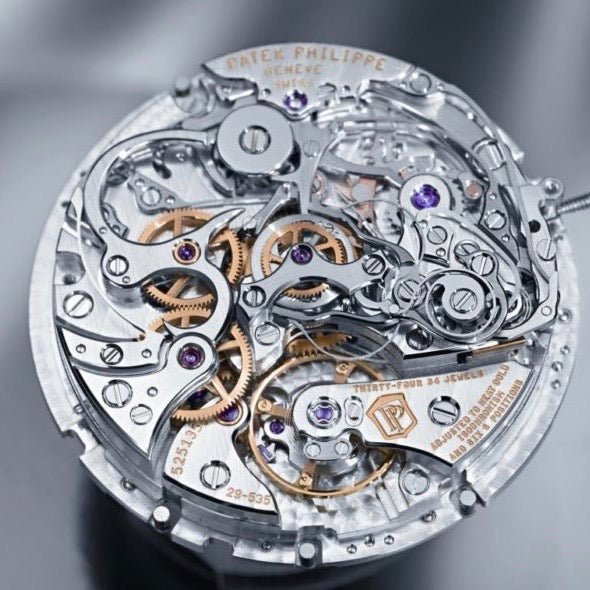

Leave a comment